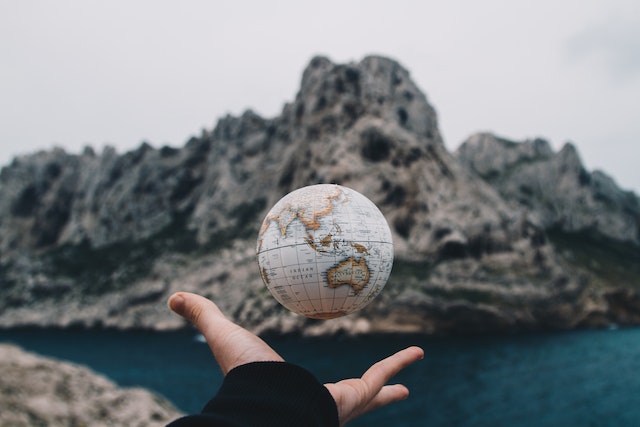Despite the efforts to reduce the frequency and severity of political volatility in the world, it is becoming an increasingly important economic risk. With political riots and other societal unrest, the effects can be both local and global and can impact trade transactions and the performance of commercial contracts. As a consequence, a growing number of economists are recognizing that this type of volatility is a growing, unsettling threat to economic stability.
COVID-19 pandemic
Several recent global events, including the outbreak of the COVID-19 virus, have challenged prevailing theoretical frameworks. These events have created a world in which uncertainty is a constant and economic risks are real. In this environment, traditional mitigation strategies would be weakened.
The spread of the virus is already disrupting global supply chains. It will reduce demand for goods in affected economies and force thousands of companies to shut down. The impact of the virus will also affect international trade and household consumption. It will also limit the labor supply for firms in the U.S. and other countries.
The global economy has been slowing down, and the Zika virus will have two separate effects. First, people will be less willing to travel and spend on food and beverages. Second, they will be less inclined to purchase products because of their fear of exposure. This means that companies that make autos and other consumer goods will likely have to close.
Financial markets hate uncertainty
During times of high uncertainty, financial markets react with a strong dose of volatility. They do so by buying bonds, driving down the yield of those investments, and driving up the price of those assets. However, the correlation between the Baker-Bloom-Davis index of policy uncertainty and the VIX has been waning in recent months, suggesting that the political signal has become less precise.
In addition to the aforementioned measure, economists have developed several other ways to assess the perception of general uncertainty in an economy. They do so by using measures of asset price volatility, media mentions of uncertain events, and the dispersion of forecasts of economic performance.
While the aforementioned measures are not perfect, they do indicate that the market is reacting to political uncertainty in a meaningful way. In fact, the correlation between the Baker-Bloom-Davis Index and the VIX is roughly 16% over the past 12 months, making this a promising indication that markets are responding to political signals.
Macro-level indicators can be quantified and modelled like other types of risk
Several indicators can be used to measure macro risk. A few are more important than others. Some only consider the consequences, while others only consider the probability of occurrence. Some do not even track illegal trade. In the end, it is up to the safety supervisor to choose the indicators that best reflect the needs of their jurisdiction.
Macro risk measures the overall safety of a group of hazards, in a particular period of time. This is a useful measure to assist with goal setting and decision making. It also offers transparency. In the past, these metrics have been used only ex ante, but it is possible to develop a calculation method to measure macro risk from a more global perspective.
The primary economic indicator, GDP, is a popular one. It is an aggregate of the output of goods and services for final use. It is compiled by various government agencies and private business intelligence organizations.
Riots can affect trade transactions and performance of commercial contracts
Whether you are a business owner or an individual looking to engage in commercial contracts, unrest and riots can affect the performance of your transactions. This is because of the social and economic conditions which can lead to protests. Depending on the country, these factors can be important in determining whether or not riots occur. Some of these factors include the history of domestic and neighboring unrest, the socioeconomic conditions in the country, and the availability of digital connectivity. Similarly, the price of fuel and food, as well as the availability of social media, can also contribute to the occurrence of unrest.
